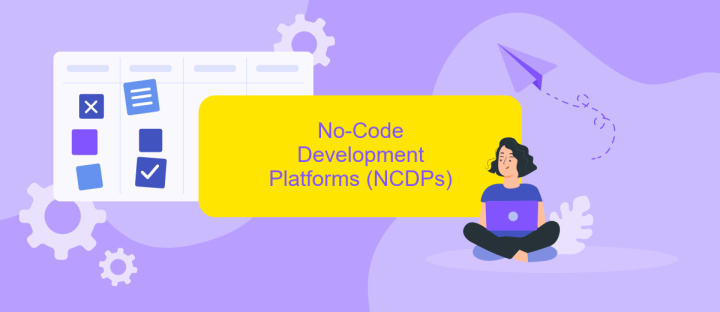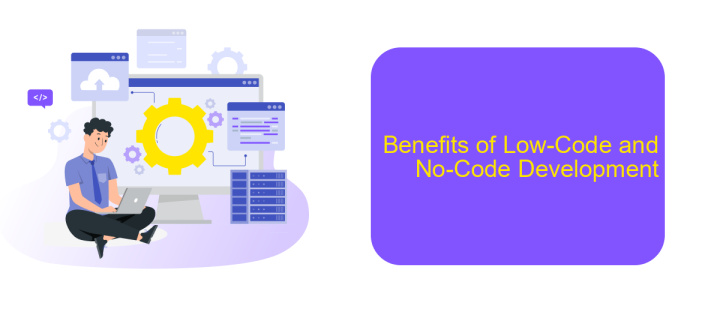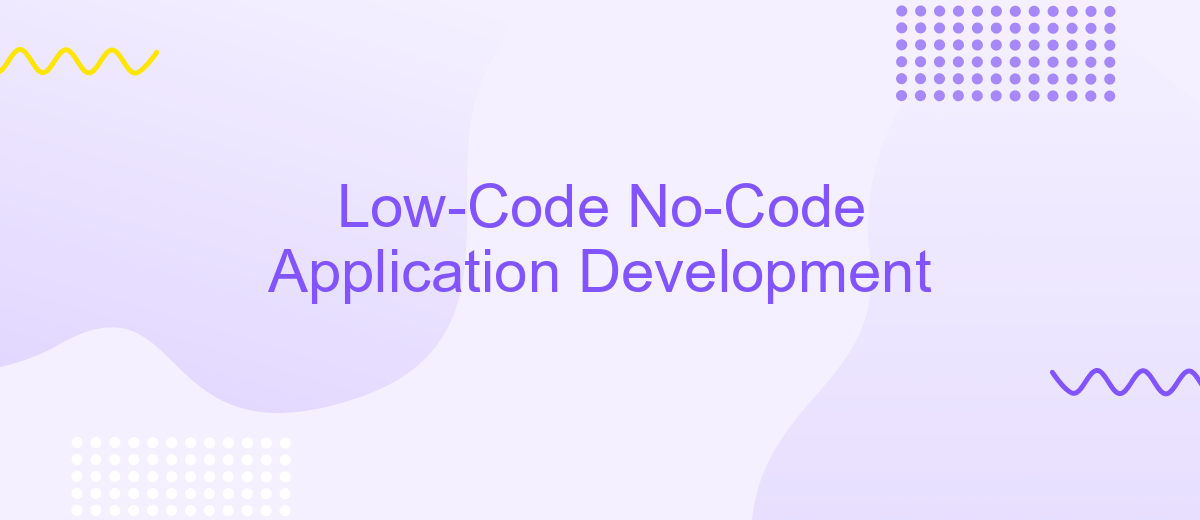Low-Code No-Code Application Development
Low-Code No-Code (LCNC) application development is revolutionizing the way businesses approach software creation. By enabling users with minimal programming knowledge to build functional applications through intuitive interfaces and pre-built components, LCNC platforms are democratizing app development. This approach not only accelerates the development process but also reduces costs and fosters innovation across various industries.
Introduction
The rise of Low-Code and No-Code application development platforms has revolutionized the way businesses approach software creation. These platforms enable users to build applications with minimal coding knowledge, significantly reducing development time and costs. By leveraging visual interfaces and pre-built components, organizations can quickly deploy custom solutions tailored to their specific needs.
- Accelerated development timelines
- Reduced dependency on specialized developers
- Enhanced collaboration between technical and non-technical teams
- Cost-effective solution for small and medium enterprises
One of the critical aspects of Low-Code and No-Code platforms is their ability to integrate seamlessly with existing systems and services. Tools like ApiX-Drive facilitate these integrations by providing a user-friendly interface to connect various applications without writing complex code. This integration capability ensures that businesses can maintain a cohesive and efficient workflow, further enhancing the value of Low-Code and No-Code development.
Low-Code Development Platforms (LCDPs)

Low-Code Development Platforms (LCDPs) are designed to simplify the application development process by providing a visual interface and pre-built components. This allows developers to create applications with minimal hand-coding, reducing the time and effort required for traditional development. LCDPs are particularly beneficial for small to medium-sized enterprises that may lack extensive IT resources, enabling them to quickly develop and deploy applications to meet their business needs.
One of the key advantages of LCDPs is their ability to integrate with various third-party services and APIs. For instance, platforms like ApiX-Drive facilitate seamless integration by allowing users to connect different applications without writing complex code. This integration capability enhances the functionality of low-code applications, enabling businesses to automate workflows and streamline operations efficiently. By leveraging LCDPs, organizations can accelerate their digital transformation and remain competitive in a rapidly evolving technological landscape.
No-Code Development Platforms (NCDPs)

No-Code Development Platforms (NCDPs) have revolutionized the way applications are built by allowing users to create software without writing a single line of code. These platforms are particularly beneficial for businesses looking to quickly develop and deploy applications without needing extensive technical expertise. They offer intuitive drag-and-drop interfaces that streamline the development process, making it accessible to a broader range of users.
- Ease of Use: NCDPs provide user-friendly interfaces, enabling even non-technical users to build applications.
- Cost-Effective: Reduces the need for hiring specialized software developers, thus lowering development costs.
- Speed: Accelerates the application development lifecycle, allowing faster time-to-market.
- Integration: Many NCDPs offer built-in integrations with other tools and services, such as ApiX-Drive, to automate workflows and data synchronization.
- Scalability: Supports the growth of applications as business needs evolve without requiring significant redevelopment.
One of the standout features of NCDPs is their ability to integrate seamlessly with other services. For instance, ApiX-Drive enables users to connect various applications and automate data transfers, enhancing the functionality of no-code solutions. This makes it easier for businesses to maintain cohesive and efficient operations, further solidifying the value of NCDPs in modern application development.
Benefits of Low-Code and No-Code Development

Low-code and no-code development platforms have revolutionized the way applications are built, making it easier for non-technical users to create functional software. These platforms significantly reduce the time and effort required to develop applications, allowing businesses to respond more quickly to market demands and innovate faster.
One of the key advantages of low-code and no-code development is the democratization of software creation. By enabling users without extensive coding knowledge to build applications, organizations can leverage a broader pool of talent and foster a more collaborative environment. This approach also reduces the dependency on specialized developers, freeing them up to focus on more complex tasks.
- Accelerated development timelines
- Reduced development costs
- Enhanced agility and flexibility
- Improved collaboration between IT and business teams
- Greater innovation potential
Moreover, integrating various services and automating workflows become more accessible with platforms like ApiX-Drive. This tool allows seamless integration between different applications, streamlining processes and enhancing overall efficiency. By leveraging such services, businesses can ensure smooth operations and better data management, further amplifying the benefits of low-code and no-code development.
Future Trends and Considerations
As the demand for rapid application development continues to grow, the future of Low-Code No-Code (LCNC) platforms looks promising. Emerging trends indicate a shift towards more sophisticated AI-driven tools that can further simplify the development process. These tools will enable even more complex functionalities without requiring extensive coding knowledge. Furthermore, enhanced integration capabilities will become crucial, allowing businesses to seamlessly connect various applications and data sources. Services like ApiX-Drive will play a pivotal role in this landscape by offering robust integration solutions that facilitate smooth data flow between different systems.
Another important consideration is the increasing emphasis on security and compliance. As LCNC platforms become more prevalent, ensuring that applications built on these platforms adhere to industry standards will be paramount. Developers and businesses will need to stay vigilant about incorporating security best practices from the outset. Additionally, the rise of citizen developers—non-professional developers using LCNC tools—will necessitate more intuitive and user-friendly interfaces to democratize application development further. Overall, the LCNC ecosystem is set to evolve rapidly, driven by technological advancements and the growing need for agility in software development.
FAQ
What is Low-Code/No-Code development?
Who can benefit from Low-Code/No-Code platforms?
Can Low-Code/No-Code platforms handle complex applications?
How secure are applications built with Low-Code/No-Code platforms?
How can I integrate different software applications using Low-Code/No-Code tools?
Apix-Drive is a universal tool that will quickly streamline any workflow, freeing you from routine and possible financial losses. Try ApiX-Drive in action and see how useful it is for you personally. In the meantime, when you are setting up connections between systems, think about where you are investing your free time, because now you will have much more of it.

